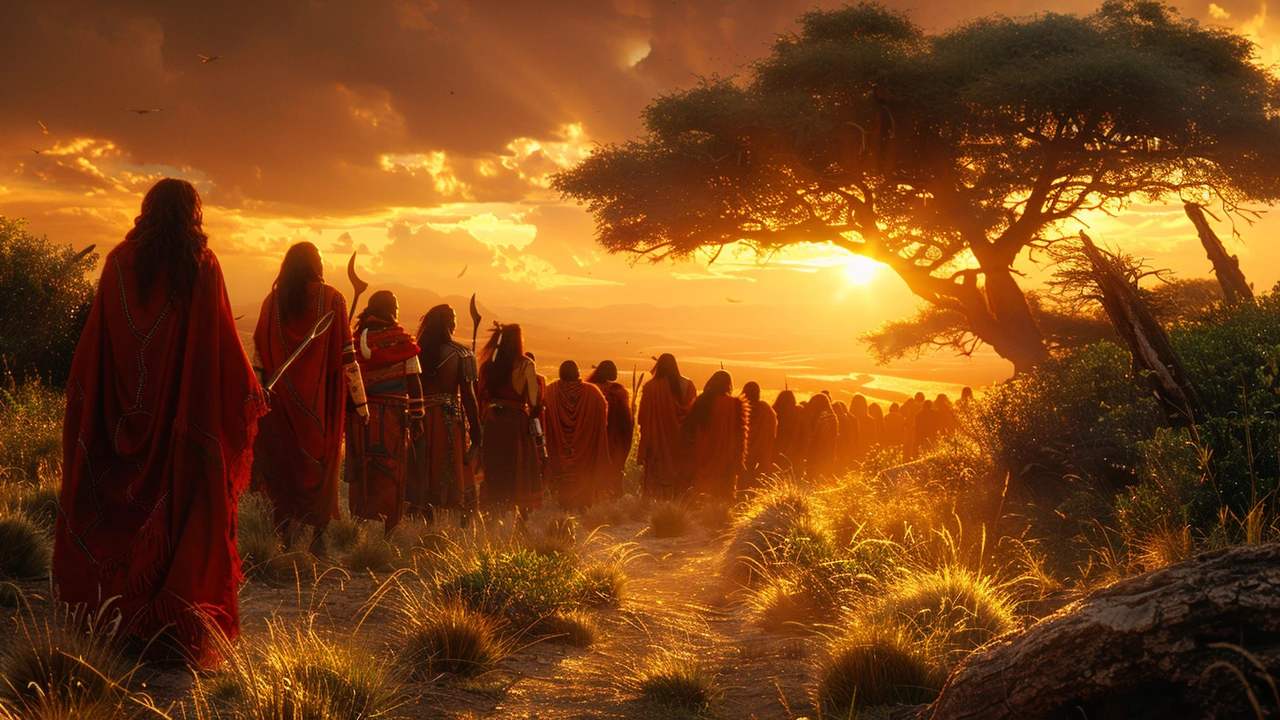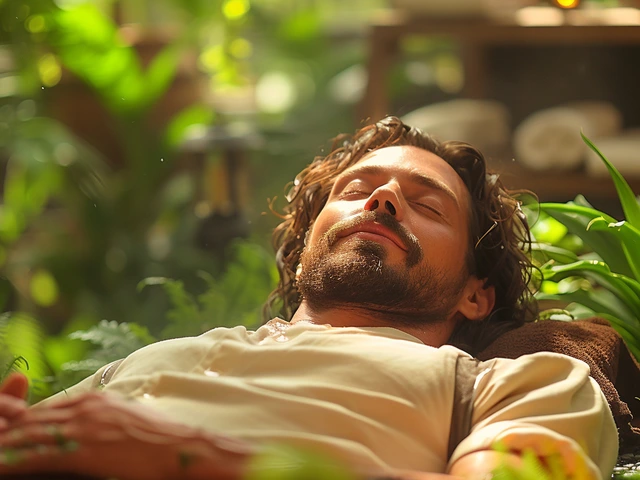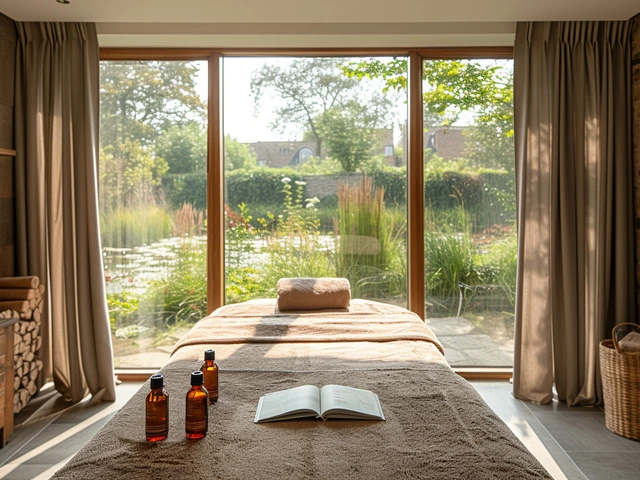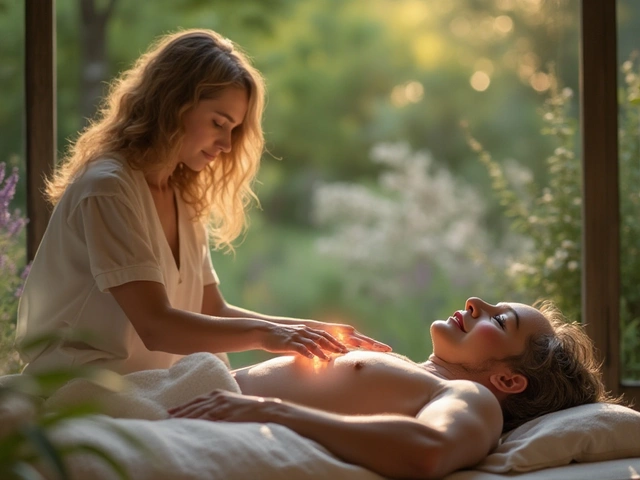Tribal Culture: Traditional Massage & Healing Practices
Some of the most powerful bodywork methods people use today come straight from tribal culture—simple, hands-on techniques passed down through generations. These practices weren’t made for trends. They were made to heal, reset, and connect a person to their community. If you want real tools for pain relief, relaxation, or deeper body awareness, these traditions are worth a look.
On this tag page we group therapies rooted in cultural traditions: Hilot from the Philippines, Lomi Lomi and Kahuna from Hawaii, Laos and Southeast Asian massages, and other regional approaches. Each one has its own history and practical moves. What ties them together is a focus on touch, rhythm, and restoring balance—often combined with simple herbal remedies or breathing.
Why try them? Tribal techniques often focus on whole-body patterns, not just one sore spot. That means you can get relief for chronic tension, better sleep, or improved movement with a short series of sessions. Many people find the ritual aspect—music, storytelling, or a specific sequence—helps the body relax faster than a clinical treatment alone.
Where to Try These Traditions
Look for practitioners who openly share their training and lineage. A good Hilot or Lomi Lomi therapist will explain the roots of their method and what to expect in a session. If you’re traveling, seek recommendations from locals or community centers. At home, many urban wellness centers offer authentic sessions led by therapists who learned in the culture of origin.
Not all spas claiming a cultural name actually follow traditional methods. Ask practical questions: How long is the session? What techniques do you use? Do you include herbal oils or rituals? Real practitioners will welcome your curiosity and answer clearly.
Quick Safety Tips and Smart Choices
Start slow. Book a 30–60 minute session first to see how your body reacts. Tell the therapist about injuries, surgeries, or medical conditions. If a technique involves deep pressure, ask for lighter touch until you know how your body responds. Hydrate after a session and avoid heavy exercise the same day.
If your goal is pain relief, describe specific problems—back pain, stiff neck, or postural issues—so the therapist can adapt the work. Want relaxation? Ask about rhythmic sequences, breathwork, or a more flowing style like Lomi Lomi. If you’re curious about cultural context, ask about the history and meaning behind the moves—you’ll get a richer experience.
Explore the linked articles on this page for full guides and practical how-tos on Hilot, Lomi Lomi, Kahuna, stone therapy, and more. Try one session, notice how your body responds, and build from there. These traditions are tools you can use—simple, effective, and rooted in human connection.

Rungu: The Symbol of Power in African Tribal Culture
This explorative piece delves into the multifaceted role of the Rungu in African tribal societies, illustrating how this simple yet significant instrument embodies authority, tradition, and cultural identity. The article unveils the historical roots of the Rungu, its symbolic significance, and the diverse uses in ceremonies, conflict resolution, and daily life in various African tribes. Through an engaging narrative and eye-opening facts, readers will gain an in-depth understanding of how the Rungu serves not just as a weapon but as a powerful emblem of leadership and societal norms within the rich tapestry of African tribal culture.
Categories
- Health and Wellness (148)
- Alternative Therapies (86)
- Massage Therapy (40)
- Travel and Culture (15)
- Beauty and Skincare (9)
- Holistic Health (8)
- Health and Fitness (5)
- Spirituality (5)
- Other (2)
- Personal Development (2)
Popular Articles



